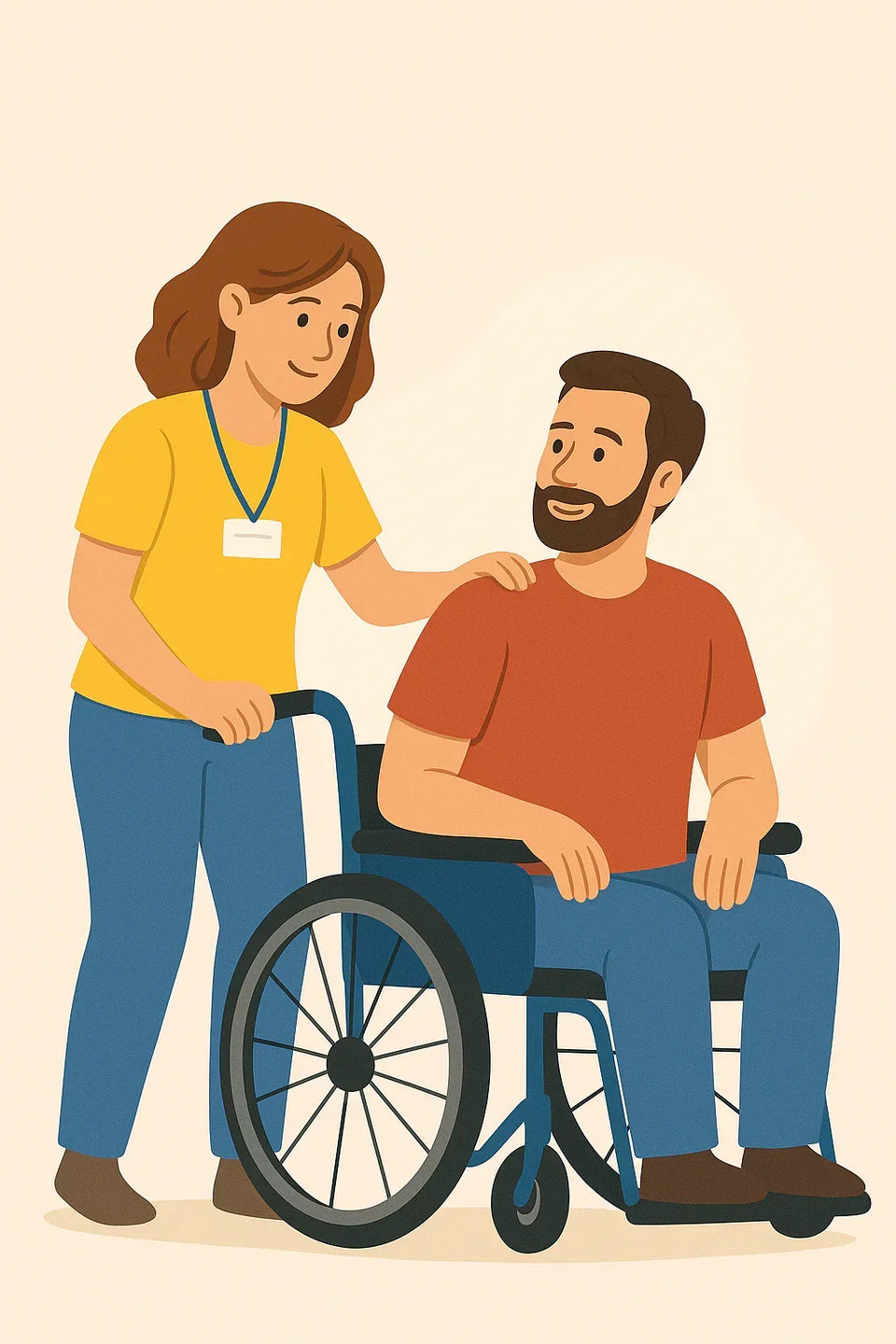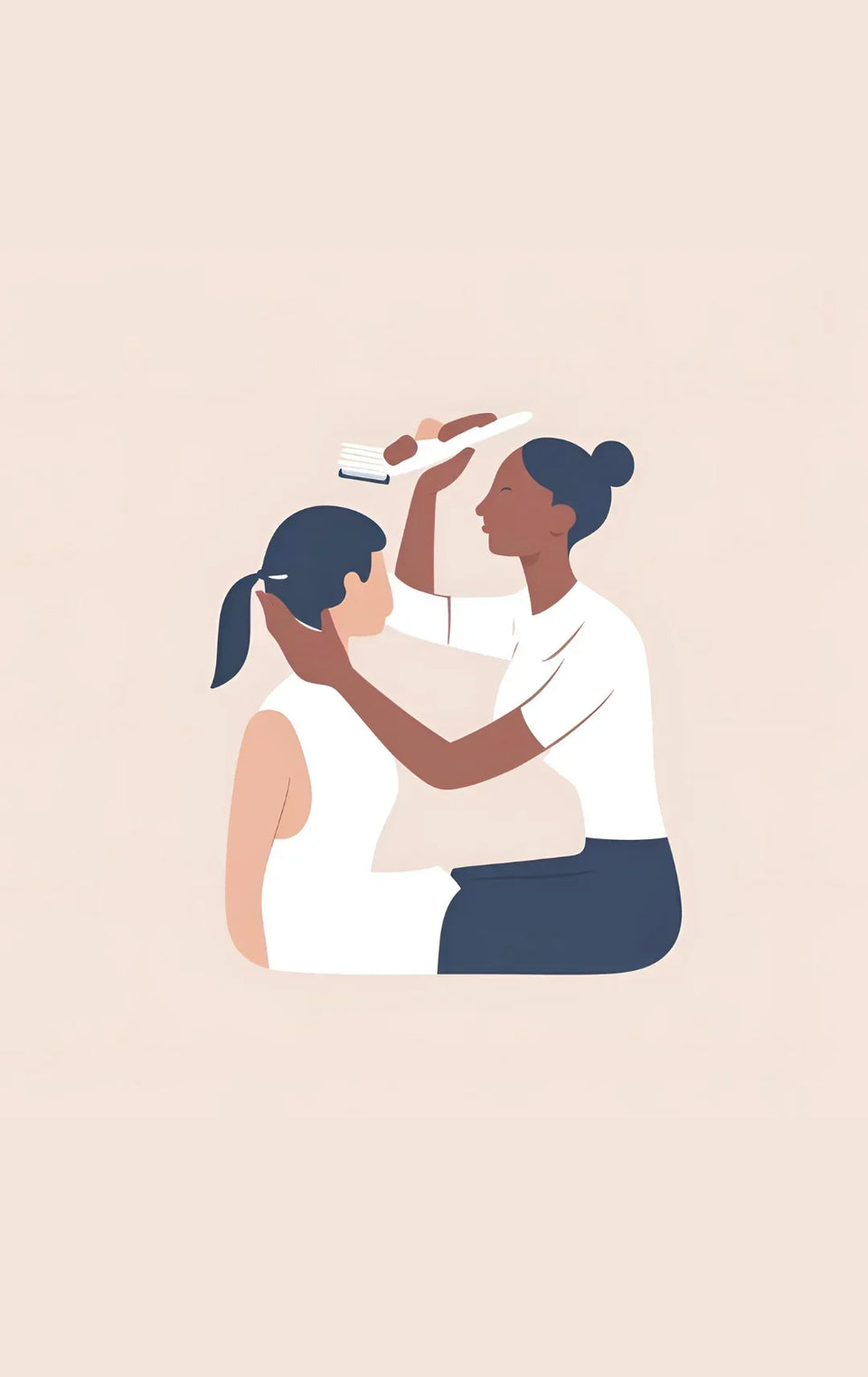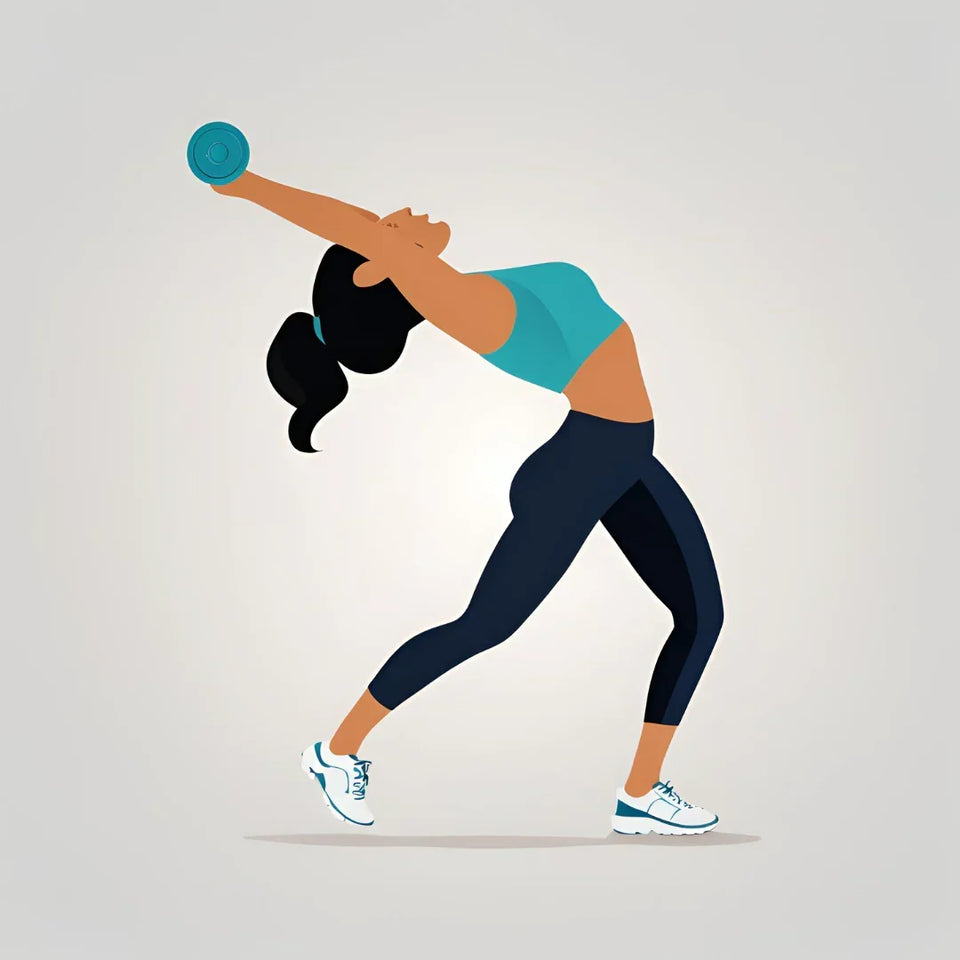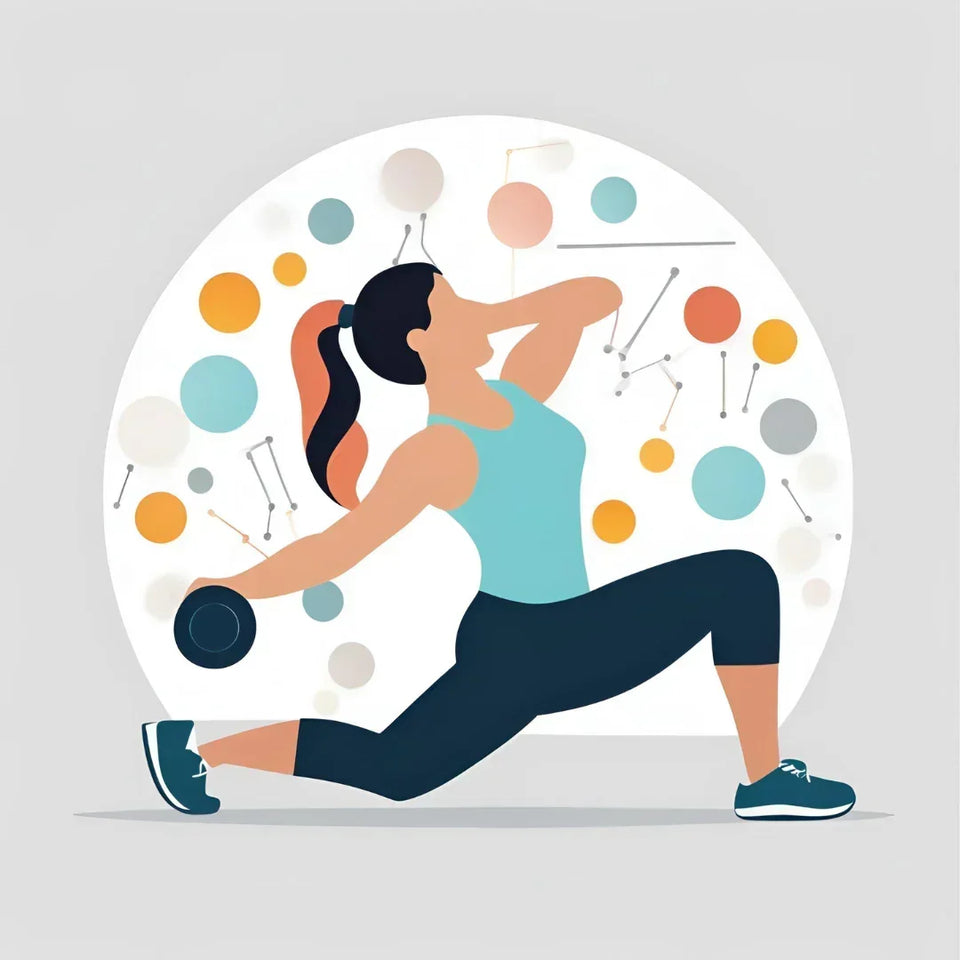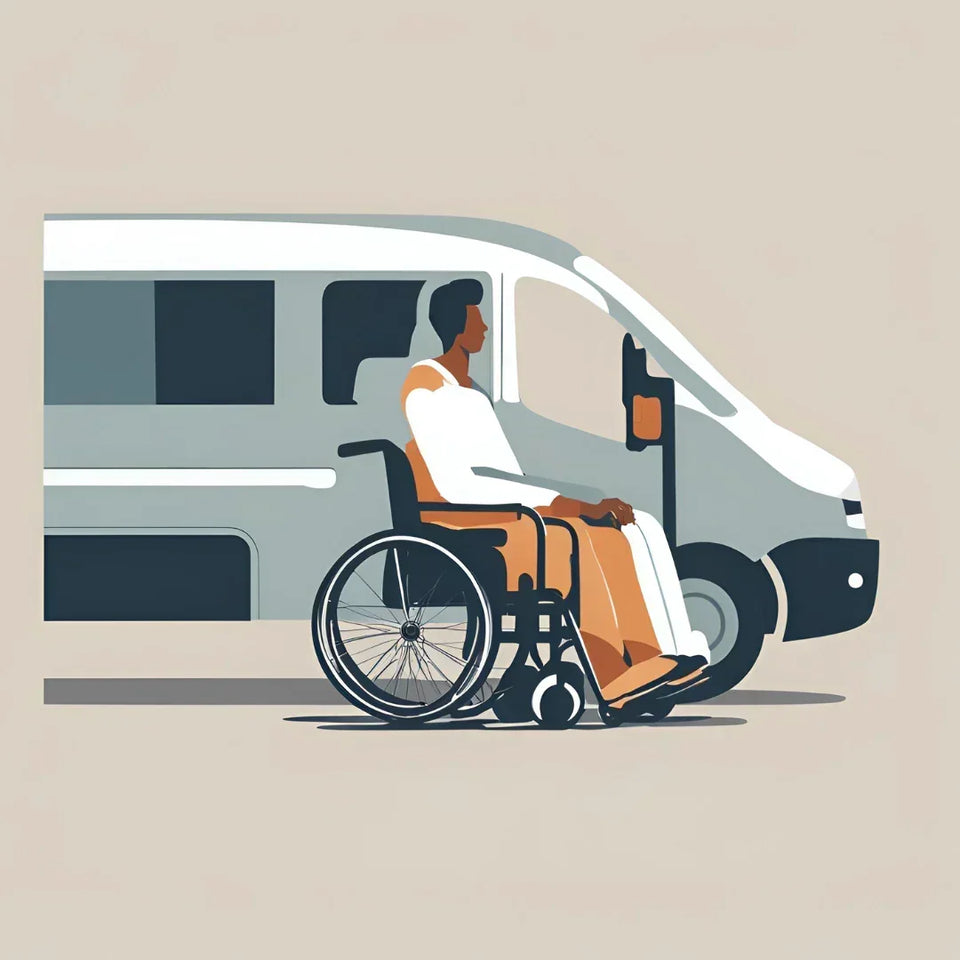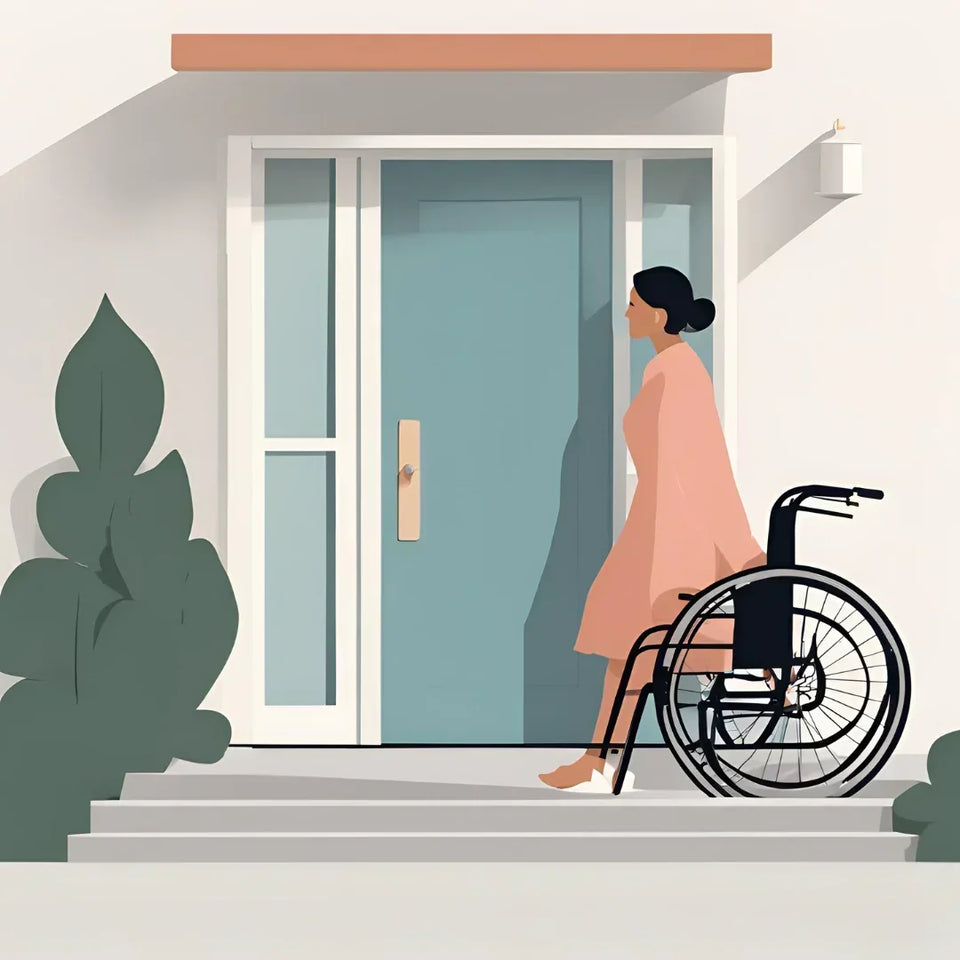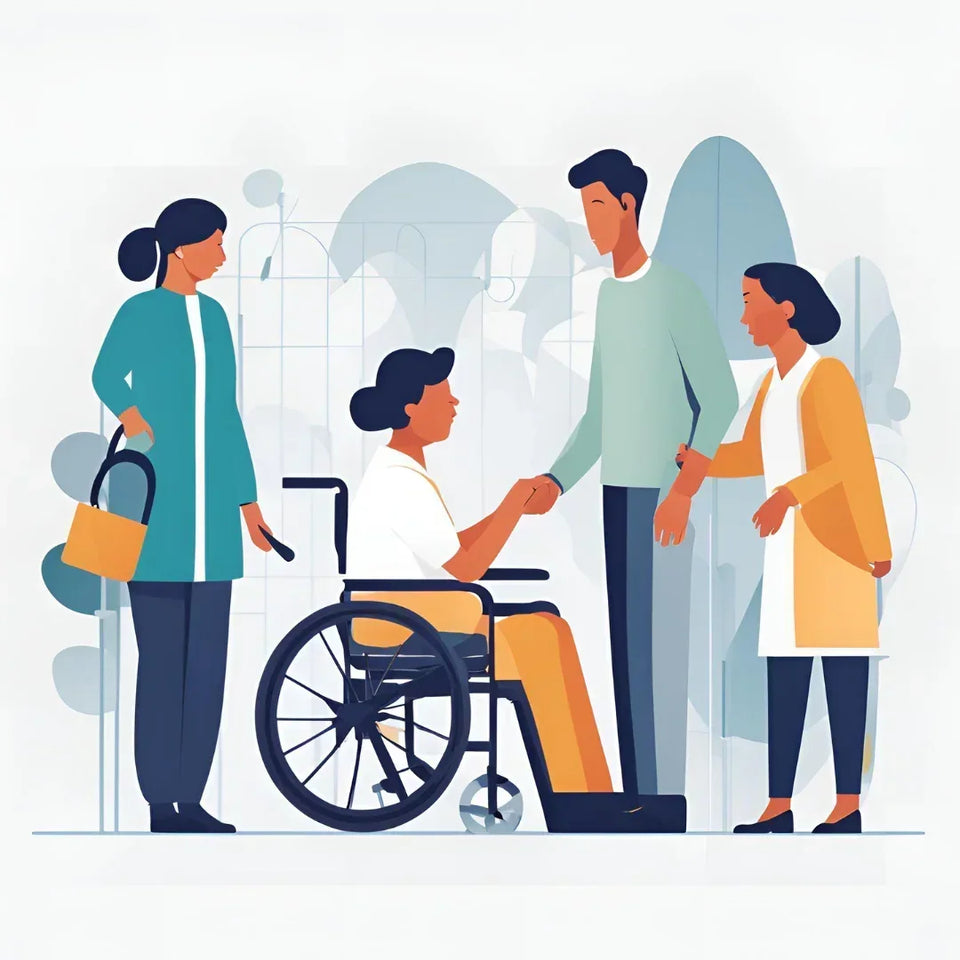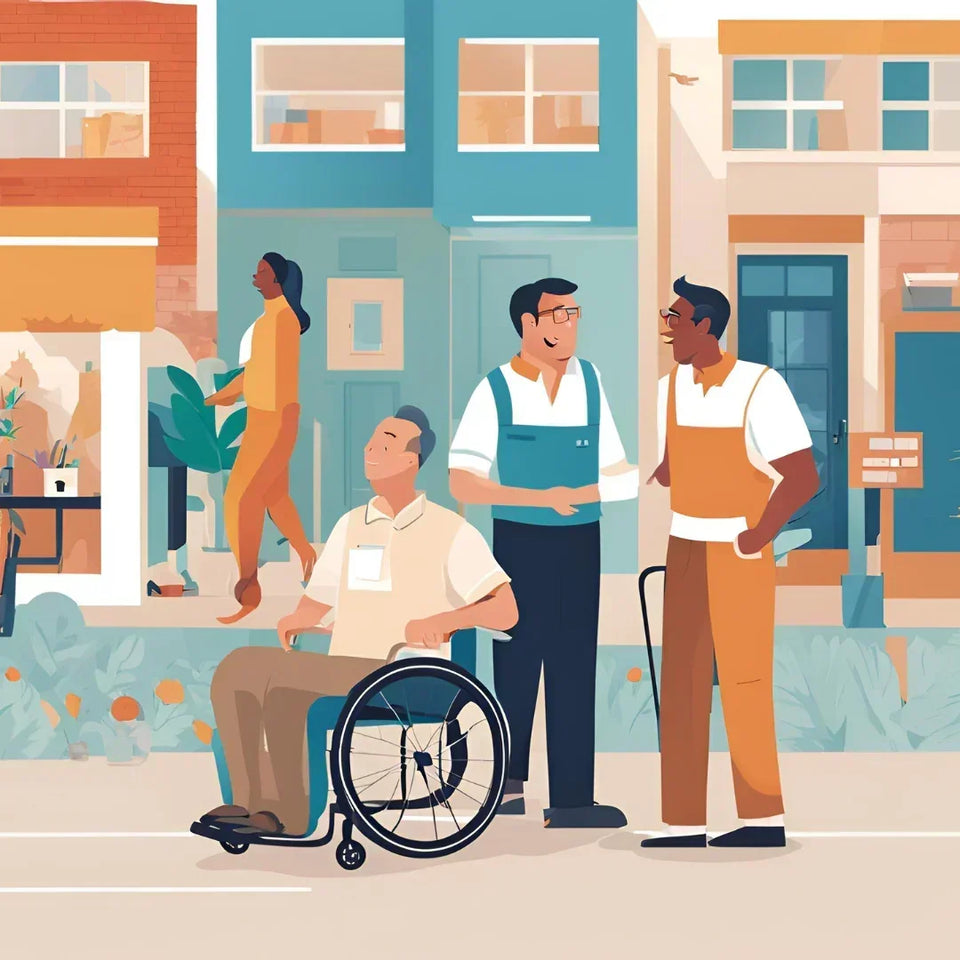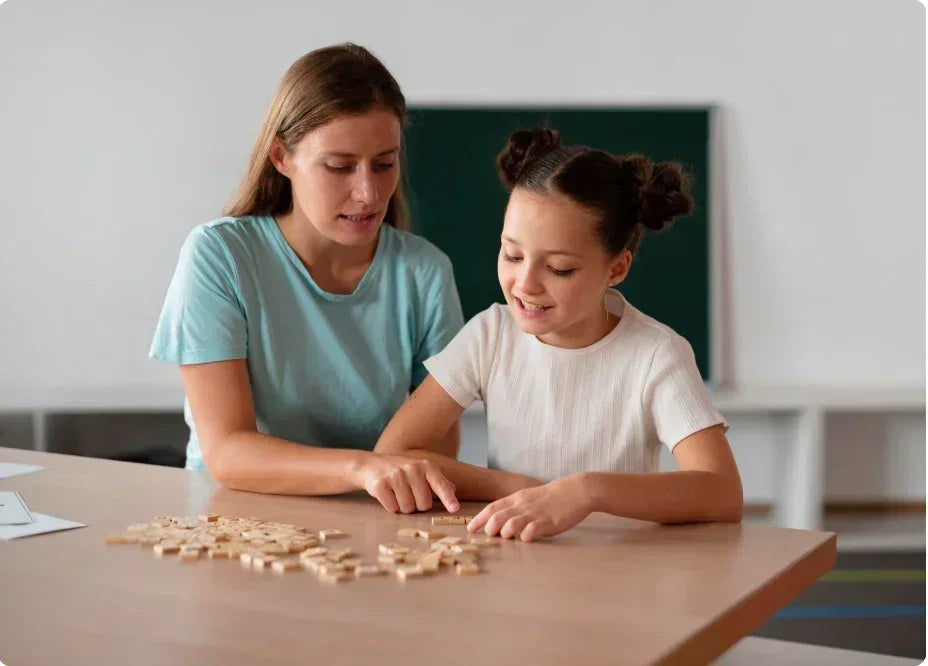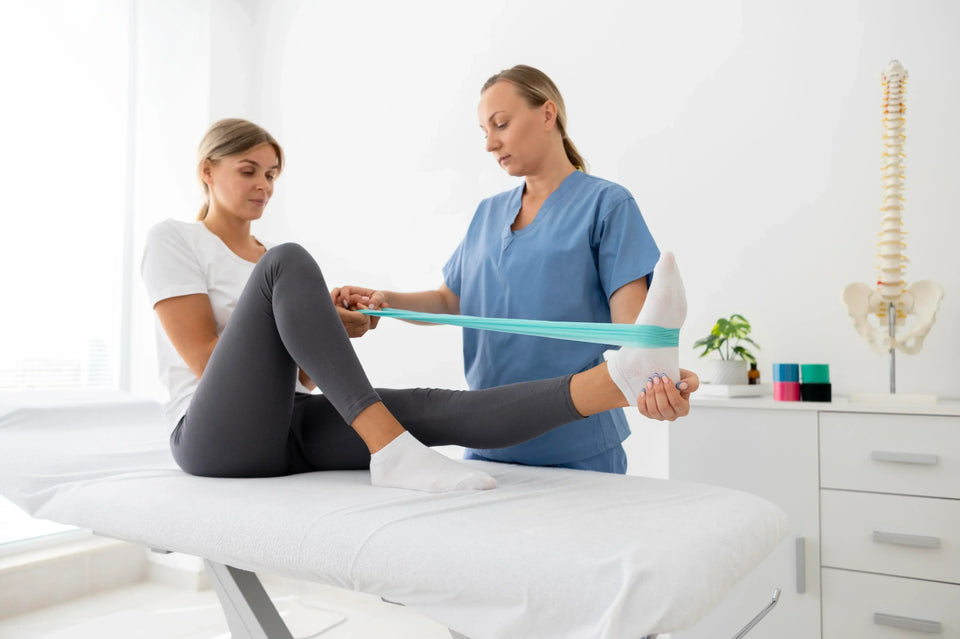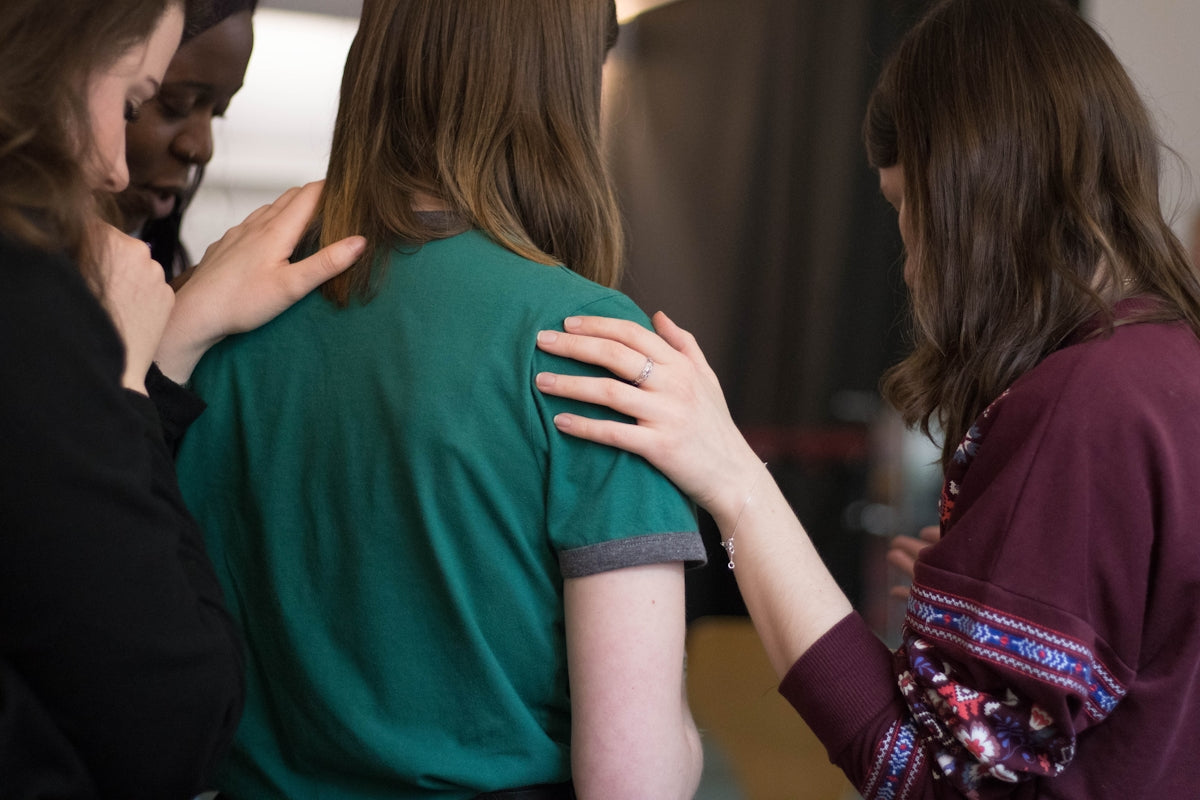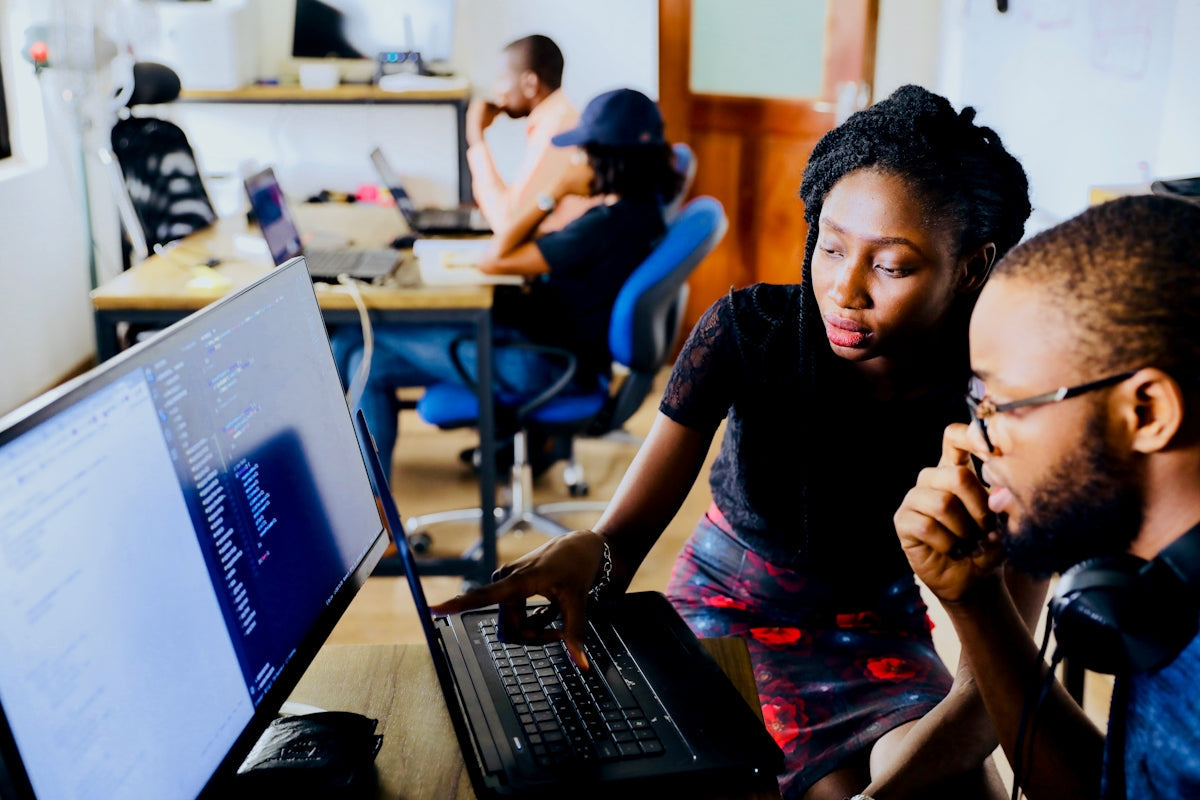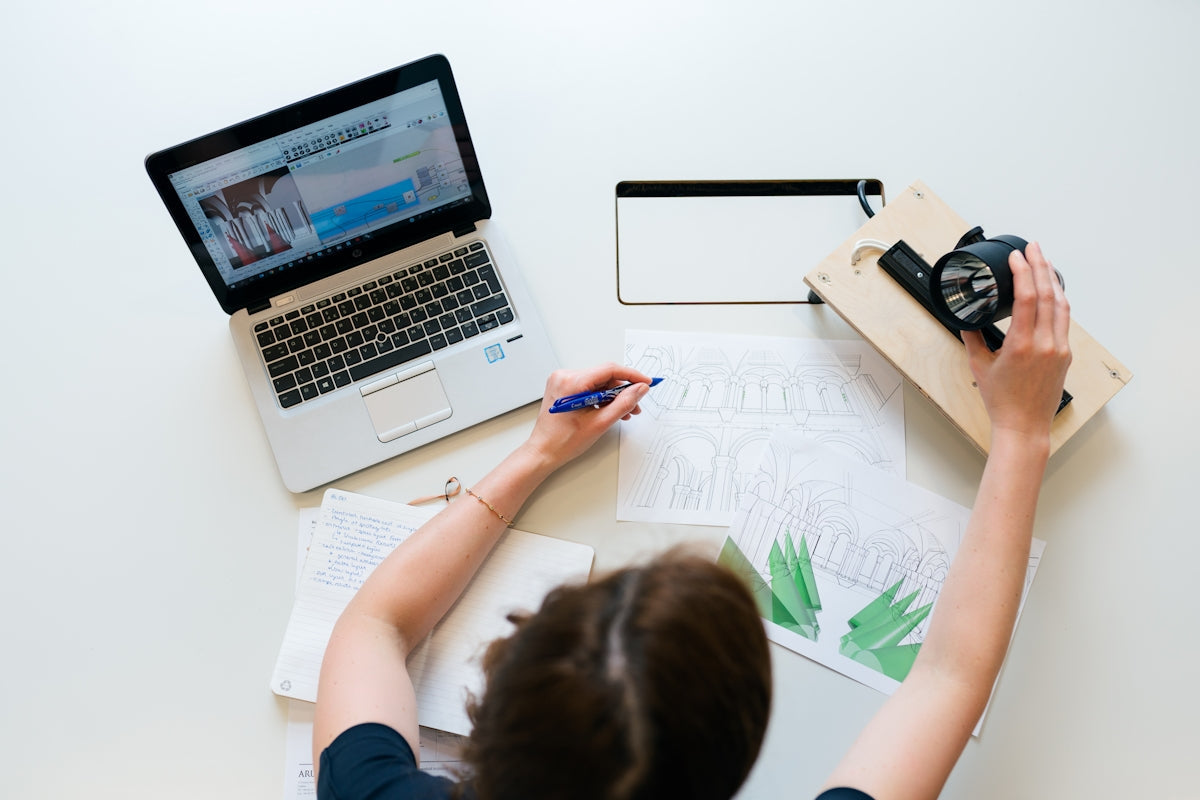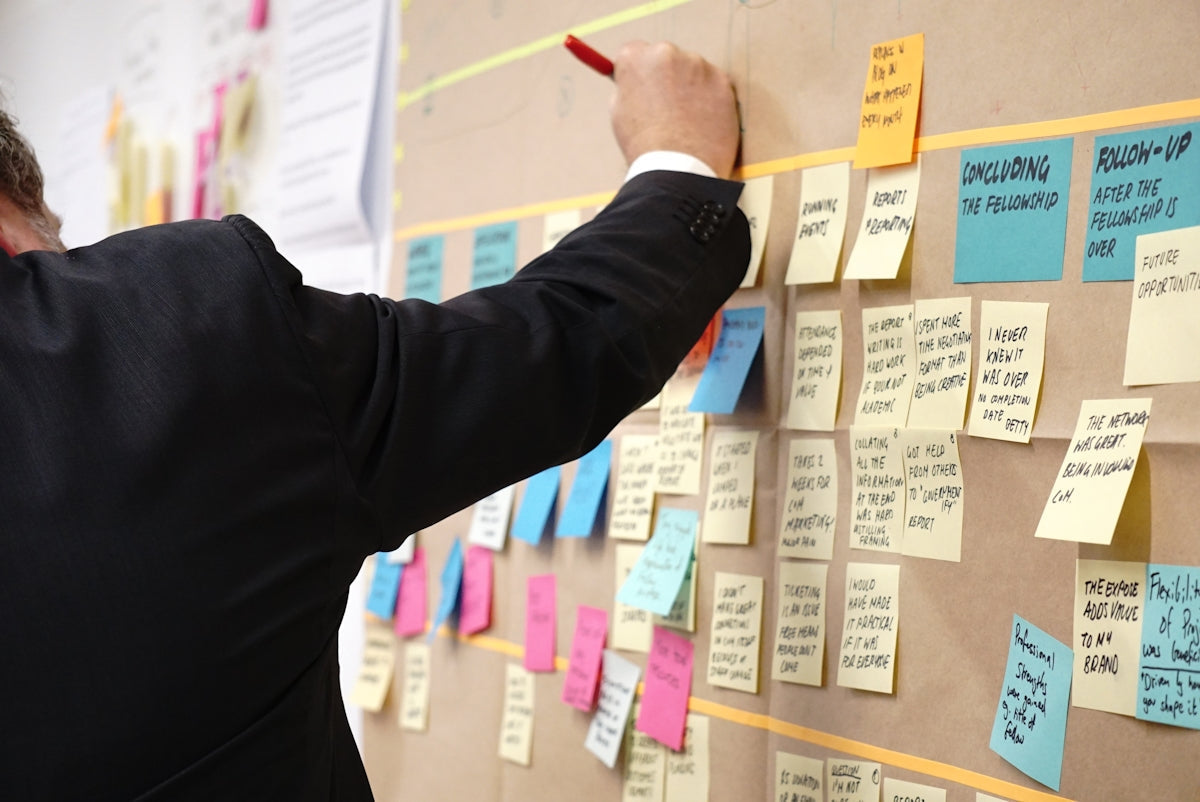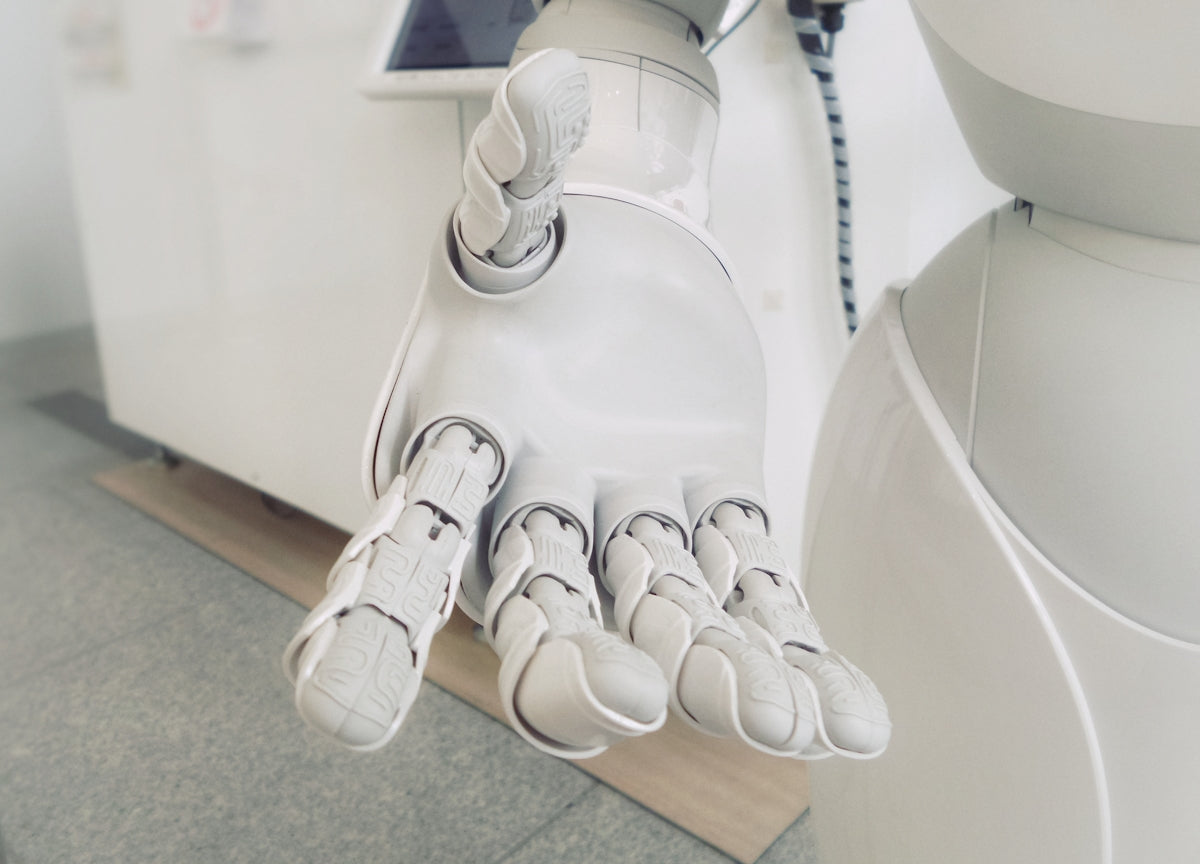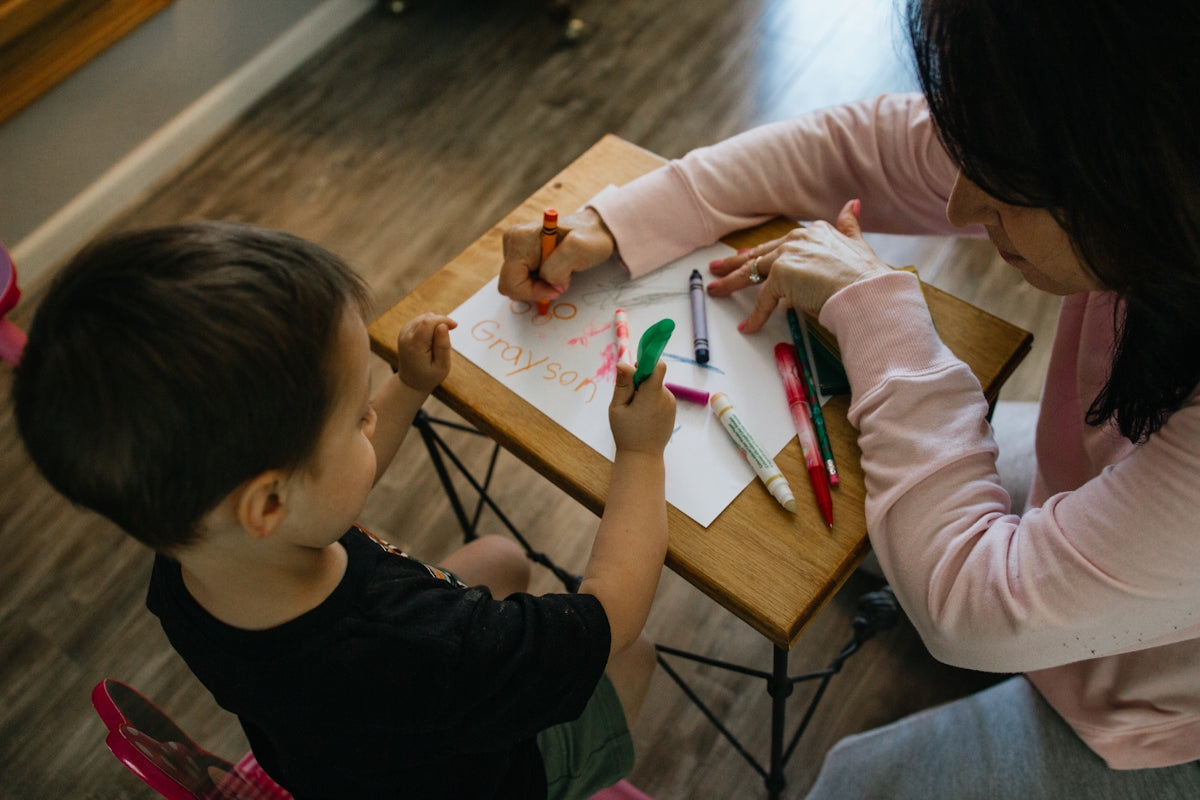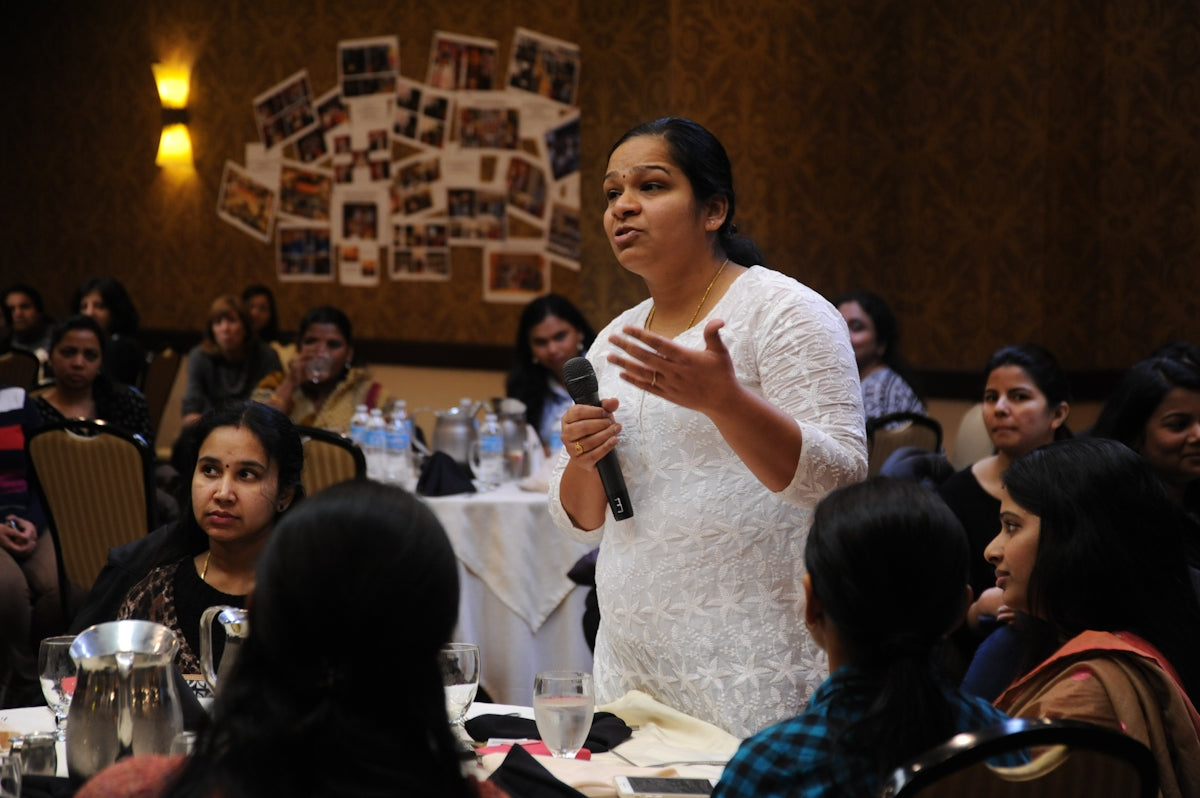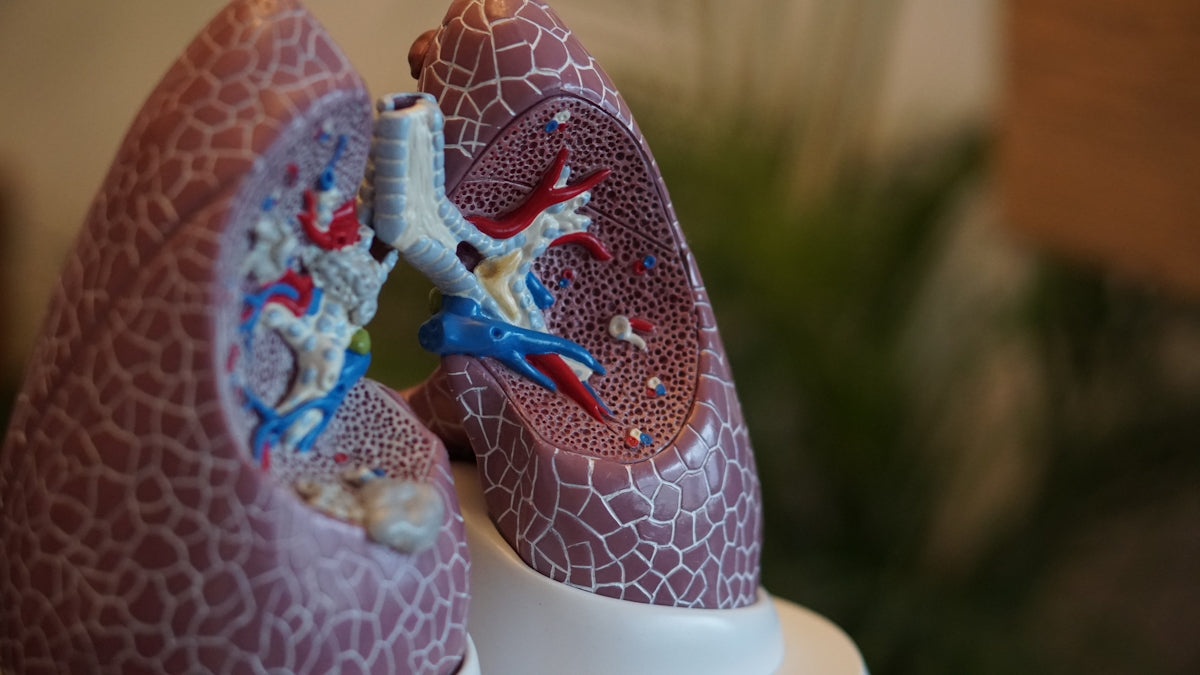
Unlocking the Power of Movement: The Transformative Benefits of Exercise for Individuals with Disabilities
Share
In a world where physical activity is often touted as the key to a healthy and vibrant life, individuals with disabilities can sometimes feel left out of the conversation. However, the truth is that exercise and physical activity can be just as transformative for those living with disabilities as it is for the able-bodied population. In fact, regular physical activity can play a crucial role in improving overall well-being, enhancing independence, and fostering a greater sense of empowerment for those navigating the unique challenges of disability.
The Importance of Physical Activity for Individuals with Disabilities
For individuals with disabilities, the benefits of exercise extend far beyond the physical realm. Regular physical activity can have a profound impact on mental and emotional well-being, helping to alleviate symptoms of depression, anxiety, and stress. By engaging in activities that challenge the body and mind, individuals with disabilities can experience a renewed sense of confidence, self-esteem, and control over their lives.
Moreover, physical activity can be a powerful tool in the management of chronic conditions often associated with disabilities. From improving cardiovascular health and muscle strength to enhancing flexibility and balance, exercise can help mitigate the secondary effects of certain disabilities, ultimately reducing the risk of further complications and improving overall quality of life.
Overcoming Barriers to Exercise
Despite the numerous benefits of physical activity, individuals with disabilities often face significant barriers to accessing and engaging in exercise programs. These barriers can range from physical limitations and accessibility issues to a lack of specialized equipment and knowledgeable support staff. Additionally, societal perceptions and misconceptions about the capabilities of individuals with disabilities can further compound these challenges, leading to a sense of exclusion and discouragement.
To address these barriers, it is essential to create inclusive and accessible exercise environments that cater to the unique needs of individuals with disabilities. This may involve the implementation of adaptive equipment, the provision of personalized support and guidance from trained professionals, and the fostering of inclusive and welcoming communities that celebrate the achievements and capabilities of all participants.
Empowering Independence through Physical Activity
Beyond the physical and mental health benefits, regular exercise can also play a crucial role in empowering individuals with disabilities to live more independent and fulfilling lives. By improving mobility, strength, and overall physical function, exercise can enhance an individual's ability to perform daily tasks and activities, reducing the need for external assistance and fostering a greater sense of autonomy.
Furthermore, participation in physical activities can provide opportunities for social engagement, community integration, and the development of valuable life skills. Whether it's joining a wheelchair basketball team, participating in a yoga class, or exploring the great outdoors through adaptive hiking programs, individuals with disabilities can discover a newfound sense of purpose, belonging, and personal growth through physical activity.
Embracing the Transformative Power of Movement
As we continue to navigate the complexities of disability, it is essential that we recognize the transformative power of physical activity and exercise. By embracing the unique needs and capabilities of individuals with disabilities, we can create a more inclusive and empowering world where movement is celebrated as a fundamental aspect of human well-being, regardless of physical limitations.
Through the provision of accessible and personalized exercise programs, the cultivation of supportive communities, and the ongoing education and advocacy for the rights of individuals with disabilities, we can unlock the full potential of physical activity and empower those living with disabilities to lead healthier, more independent, and more fulfilling lives.
Conclusion
The journey towards a more inclusive and accessible world for individuals with disabilities is an ongoing one, but the power of physical activity to transform lives is undeniable. By recognizing the profound impact that exercise can have on physical, mental, and emotional well-being, we can work together to break down the barriers that have long prevented individuals with disabilities from fully embracing the joy and benefits of movement.
Through the collective efforts of healthcare providers, community organizations, policymakers, and individuals with disabilities themselves, we can create a future where exercise is not just a privilege, but a fundamental right – a pathway to empowerment, independence, and a life lived to the fullest.


